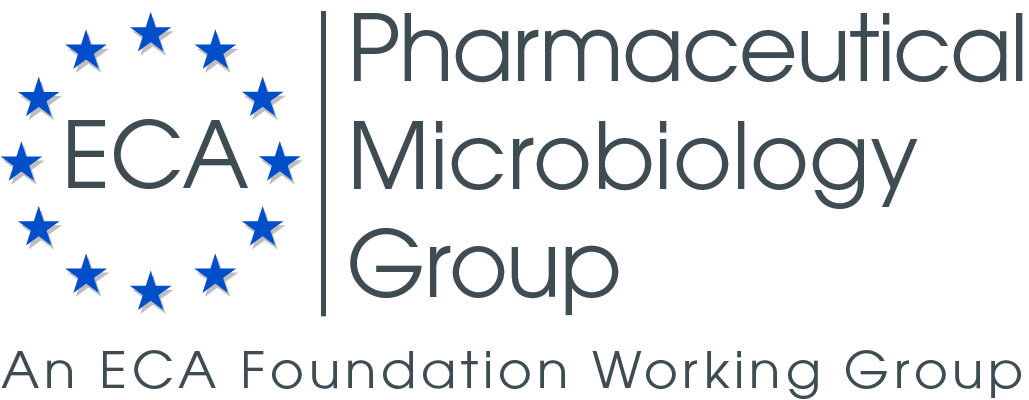|
|
|
 |
14. Aseptic Processing
|
|
|
|
-
Assessment of the disinfection of impaction air sampler heads using 70% IPA, as part of cleanroom environmental monitoring - more
-
The Simplified Akers–Agalloco Method for Aseptic Processing Risk Analysis - more
-
! NEW ! Increasing Patient Safety by Closing the Sterile Production Gap—Part 1. Introduction - more
-
! NEW ! Increasing Patient Safety by Closing the Sterile Production Gap—Part 2. Implementation - more
-
! NEW ! Increasing Patient Safety by Closing the Sterile Production Gap—Part 3—Moist Heat Resistance of Bioburden - more
G. Gapp
http://www.europeanpharmaceuticalreview.com/26002/supplements/microbiology-depth-focus-2014/
Non-sterile results in sterility testing (ST) and/or media fills (MFs) represent one of the most serious challenges for quality assurance (QA) microbiologists in the pharmaceutical industry. Investigation of the root cause, analysis of the risks to the product and determination of corrective and preventative actions (CAPA) take days, sometimes weeks, of manpower and resources. Decisions are taken under enormous pressure since they are always timecritical and have a huge impact on both the patient and the company. Therefore, it is essential to be well prepared in order to manage the investigation process proactively or, ideally, to prevent forthcoming non-sterile results.
|
|
|
James P. Agalloco, James E. Akers
http://www.pharmtech.com/simplified-akers-agalloco-method-aseptic-processing-risk-analysis
This article summarizes changes to the Akers–Agalloco aseptic processing risk analysis model (first presented in Pharmaceutical Technology's November 2005 issue) as well as some of the underlying thinking behind the revision. The simplified model makes the method easier to use because of its greater flexibility of environmental control practice. It maintains the emphasis on human activity as the primary consideration in risk management for aseptic processing.
|
|
|
Agalloco JP
PDA J Pharm Sci and Tech 2017, 71 261-268
https://www.ncbi.nlm.nih.gov/pubmed/28089964
Abstract:
Terminal sterilization is considered the preferred means for the production of sterile drug products because it affords enhanced safety for the patient as the formulation is filled into its final container, sealed, and sterilized. Despite the obvious patient benefits, the use of terminal sterilization is artificially constrained by unreasonable expectations for the minimum time-temperature process to be used. The core misunderstanding with terminal sterilization is a fixation that destruction of a high population of a resistant biological indicator is required. The origin of this misconception is unclear, but it has resulted in sterilization conditions that are extremely harsh (15 min at 121 °C, of F0 _ 8 min), which limit the use of terminal sterilization to extremely heat-stable formulations. These articles outline the artificial nature of the process constraints and describe a scientifically sound means to expand the use of terminal sterilization by identifying the correct process goal— destruction of the bioburden present in the container prior to sterilization. Recognition that the true intention is bioburden destruction in routine products allows for the use of reduced conditions (lower temperatures, shorter process dwell, or both) without added patient risk. By focusing attention on the correct process target, lower time-temperature conditions can be used to expand the use of terminal sterilization to products unable to withstand the harsh conditions that have been mistakenly applied. The first article provides the background and describes the benefits to patient, producer, and regulator. The second article includes validation and operational advice that can be used in the implementation.
|
|
|
Agalloco JP
PDA J Pharm Sci and Tech 2017,
71 269-273
https://www.ncbi.nlm.nih.gov/pubmed/28089965
Abstract:
Terminal erilization is considered the preferred means for the production of sterile drug products
because it affords enhanced safety for the patient as the formulation is filled into its final container, sealed, and sterilized. Despite the obvious patient benefits, the use of terminal sterilization is artificially constrained by unreasonable expectations for the minimum time–temperature process to be used. The core misunderstanding with terminal sterilization is a fixation that destruction of a high concentration of a resistant biological indicator is required. The origin of this misconception is unclear, but it has resulted in sterilization conditions that are extremely harsh (15 min at 121 °C, of F0 _8 min), which limit the use of terminal sterilization to extremely heat-stable formulations. These articles outline the artificial nature of the process constraints and describe a scientifically sound means to expand the use of terminal sterilization by identifying the correct process goal—the destruction of the bioburden present in the container prior to sterilization. Recognition that the true intention is bioburden destruction in routine products allows for the use of reduced conditions (lower temperatures, shorter process dwell, or both) without added patient risk. By focusing attention on the correct process target, lower time–temperature conditions can be used to expand the use of terminal sterilization to products unable to withstand the harsh conditions that have been mistakenly applied. The first article provides the background, and describes the benefits to patient, producer, and regulator. The second article includes validation and operational advice that can be used in the implementation.
|
|
|
Agalloco JP
PDA J Pharm Sci and Tech 2017, 71 274-278
https://www.ncbi.nlm.nih.gov/pubmed/28416646
Abstract:
Terminal sterilization is considered the preferred means for the production of sterile drug products, as
it affords enhanced safety for the patient because the formulation is sterilized in its sealed, final container. Despite the obvious patient benefits, the use of terminal sterilization is artificially constrained by unreasonable expectations for the minimum time-temperature process to be used. The core misunderstanding with terminal sterilization is the notion that destruction of a high population of a resistant biological indicator microorganism is required. More contemporary thinking on sterilization acknowledges that the bioburden is the actual target in sterilization and its destruction must be assured. In the application of low-temperature moist heat for terminal sterilization, especially subsequent to aseptic processing, establishing the pre-sterilization bioburden to consider has proven challenging.
Environmental monitoring survey data has determined the identity of potential microorganisms but not their resistance to sterilization. This review article provides information on the moist heat resistance of vegetative and sporeforming microorganisms that might be present. The first paper in this series provided the overall background and described the benefits to patient, producer, and regulator of low-temperature moist heat for terminal sterilization. The second paper outlined validation and operational advice that can be used in the implementation. This final effort concludes the series and provides insight into potential bioburden and its resistance.
|
|
|
|



